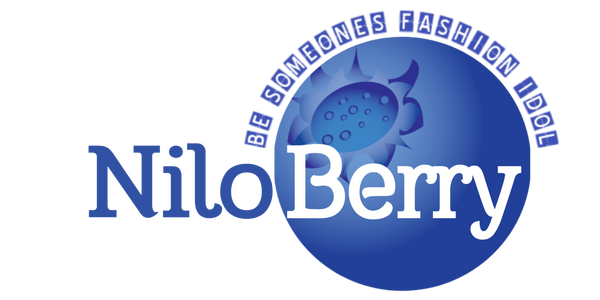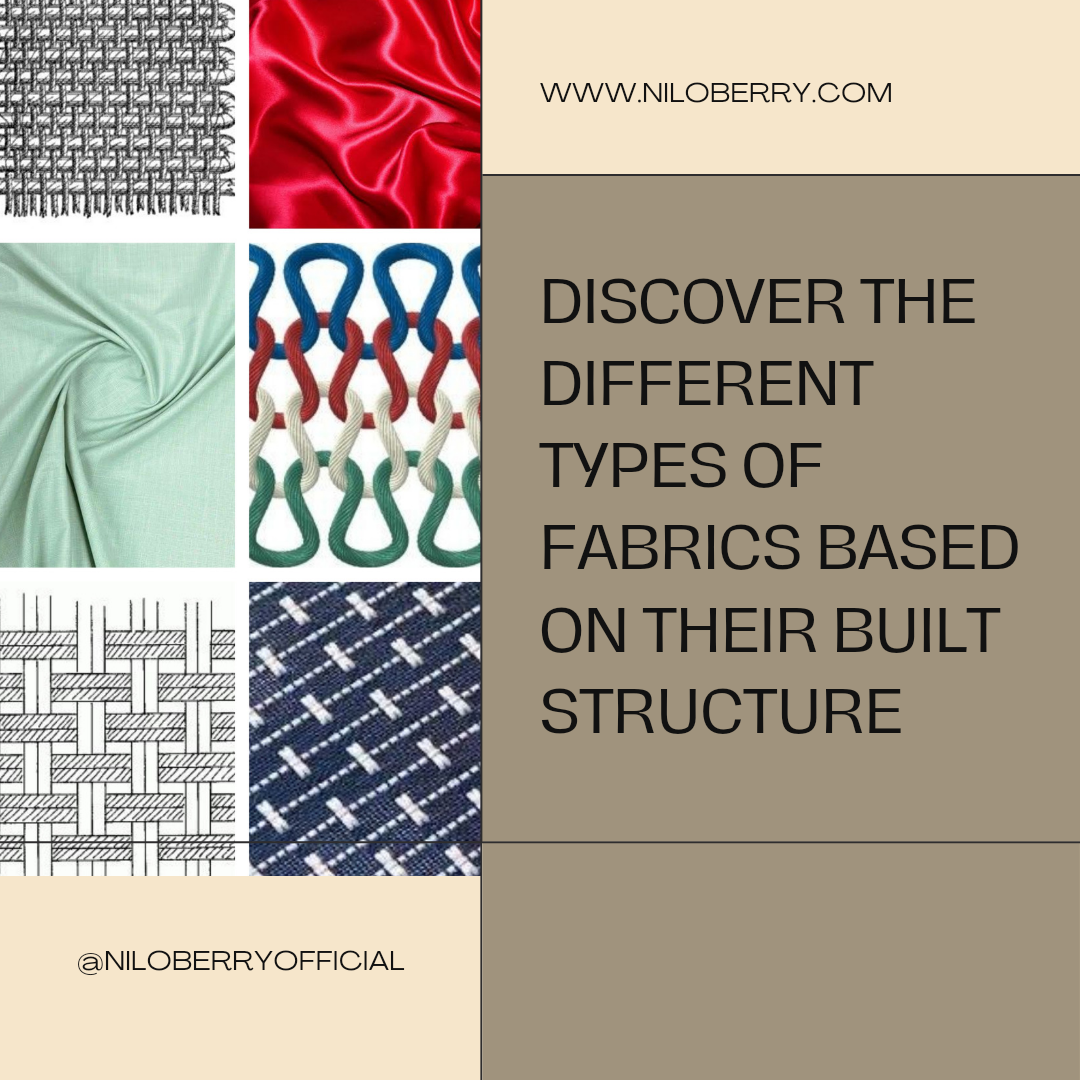Fabrics are not just mere materials; they are intricate combinations of fibers woven or knitted together to create different textures, appearances, and functionalities. Understanding the fundamental structures of fabrics can offer insight into their properties and applications. Let's go forward into four primary types of fabric constructions: weaving, knitting, dobby, and jacquard.
1. Weaving:

Weaving involves interlacing two sets of yarns, the warp (lengthwise) and the weft (crosswise), to create a stable fabric. The pattern of interlacing determines the fabric's texture and characteristics.
Examples:
a.Satin:
Known for its smooth and glossy surface, satin is woven using a technique that allows most of the warp threads to float over the weft threads, resulting in a lustrous finish. It's often used in luxurious garments and linens.
b.Cotton: A staple in the textile industry, cotton fabric is woven from cotton fibers using various weave patterns such as plain weave, twill weave, and satin weave. It's valued for its breathability, softness, and versatility.
A staple in the textile industry, cotton fabric is woven from cotton fibers using various weave patterns such as plain weave, twill weave, and satin weave. It's valued for its breathability, softness, and versatility.
2. Knitting:
Knitting involves interlocking loops of yarn to create a flexible and stretchable fabric. Unlike weaving, where yarns are straight, knitting allows for intricate patterns and textures.
Examples:
a.Lycra: Also known as spandex or elastane, Lycra is a synthetic fiber commonly used in stretchy fabrics. It's often blended with other fibers to add elasticity and shape retention, making it ideal for sportswear, swimwear, and form-fitting garments.
b.T-shirt fabric:Typically made from cotton or a blend of cotton with synthetic fibers, t-shirt fabric is knitted in a jersey stitch, resulting in a soft and comfortable fabric with good drape. It's widely used in casual apparel like t-shirts, tops, and dresses.
3. Dobby:

Dobby fabric is characterized by small, geometric patterns or textures created using a dobby loom. Unlike traditional weaving, which involves simple over-and-under patterns, dobby weaving allows for more intricate designs.
Example: Dobby fabrics can vary widely in composition and appearance, from lightweight cotton dobby used in shirting to textured dobby weaves in upholstery fabrics.
4. Jacquard:
Jacquard weaving utilizes a special loom to create complex patterns and designs by controlling individual warp threads. This technique allows for the production of intricate and detailed fabrics with varying textures and colors.
Example: Jacquard fabrics can range from delicate brocades and damasks to heavy jacquard upholstery fabrics. They are commonly used in home furnishings, curtains, upholstery, and high-end fashion.
Understanding the different types of fabric constructions based on their built structure can help consumers make informed choices about the fabrics they select for their projects or garments. Whether it's the smoothness of satin, the stretch of knits, the intricacy of dobby, or the sophistication of jacquard, each fabric type offers unique characteristics and aesthetics to suit various applications and preferences.

